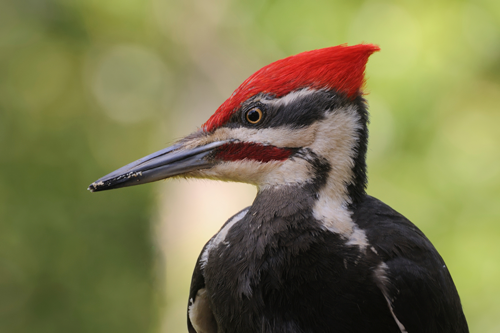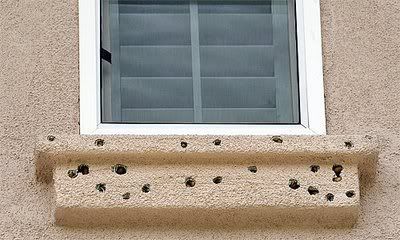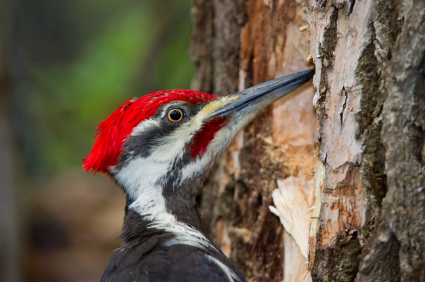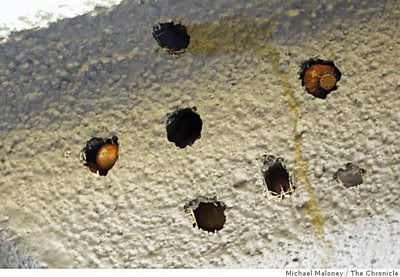
With bird season right around the corner, the one bird you definitely want to deter is the woodpecker. While it’s interesting to watch them hammer holes in trees, it’s not so interesting when they’re turning your home siding into Swiss cheese. Or when they’re pulling the insulation out of your exterior walls to make room for nests.
The time to install woodpecker deterrents is before the birds arrive, not after. Once your siding and decorative beams are riddled with holes, you’re left with expensive replacement costs. And like a woodpecker, you’ll be beating your head against the wall for not being proactive about woodpecker control. Your neighbor may have told you that woodpeckers are looking for harmful bugs when they peck holes in your siding. But according to the experts, this is the case less than 10 percent of the time, and when they do dig for bugs, the insects are usually harmless to wood or siding.Woodpeckers are not too particular about what they peck. They’ll “ventilate” mahogany siding, plywood, beams, plastic guttering, light posts, even synthetic stucco finishes.You may be tempted to shoot the little peckers, but be warned: destroying their nests, or using poisons are cruel methods are illegal in many areas. Here are some woodpecker deterrents that are both humane and effective:Lightweight Plastic Bird NettingIdeal for physically denying specific areas of your home from woodpecker attacks, Lightweight Plastic Bird Netting has been proven to work in homes and businesses around the country. This bird netting comes in a number if mesh sizes. For woodpeckers, the 3/4-inch mesh netting is most often recommended. This netting even comes in a variety of colors to match the exterior color of the structure. Used as a woodpecker deterrent, the netting is best installed in overhanging eaves, patio covers or other elevated areas of a structure. Woodpecker Deterrent KitsPacked with everything you need to get rid of woodpeckers, Woodpecker Deterrent Kits include a Bird Repeller Balloon, 50 feet of Flash Tape, and mounting hardware. The Flash Tape Banners rattle in the breeze and reflect sunlight to constantly distract and annoy the birds. Bird Repeller Balloons are covered with large Cyclops “predator eyes” and whip about in the breeze to further distract the birds. All you have to do is move these visual deterrents around from time to make woodpeckers believe they constitute a real threat. BeakGuard Woodpecker DeterrentAn innovative development from bird control experts, BeakGuard Woodpecker Deterrent is an elastomeric acrylic finish that conveys a warning signal to woodpeckers that discourages them from pecking your wood. The compound is harmless to woodpeckers and other birds. BeakGuard covers latex-painted surfaces, wood, fiber-cement, stucco, aluminum or vinyl. It leaves a durable, color fast, vapor permeable finish that resists dirt and harsh weather. It’s easily applied with a brush, roller, paint pad or power sprayer. And one gallon covers about 180 square feet.







